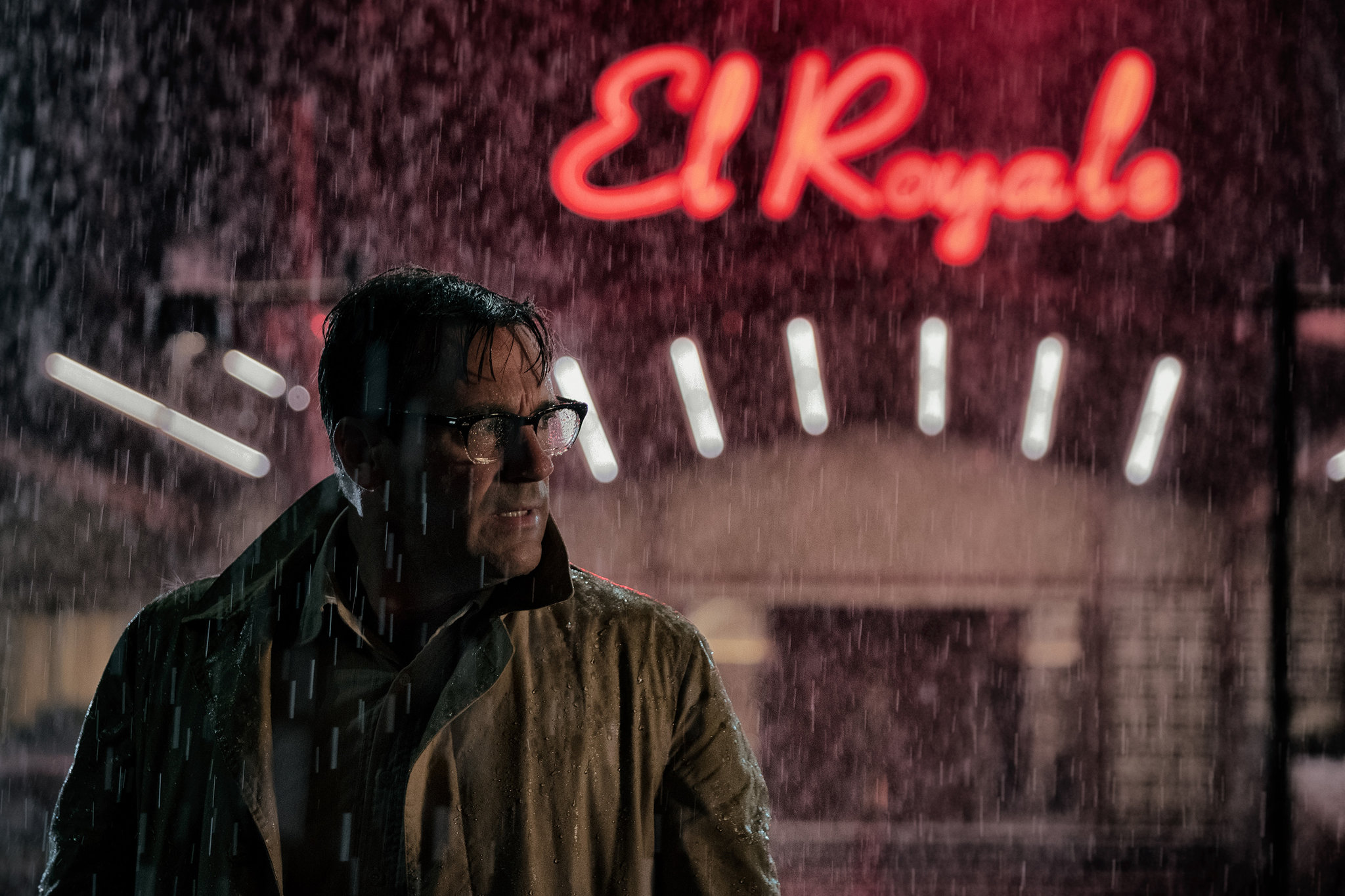Table of Contents Show
From first glance, the trailer for Bad Times at the El Royale appears to be a mystery thriller set in 1960s America. The trailer flashes large phrases such as “seven strangers” and “seven secrets,” preparing the audience for a film that continuously twists and turns. Chris Hemsworth’s character asks, “whose side are you on,” positioning the film to also be about decisions and their effects on us, our futures, and those around us. While Bad Times at the El Royale is filled with mystique and action, it is also a commentary on morality.
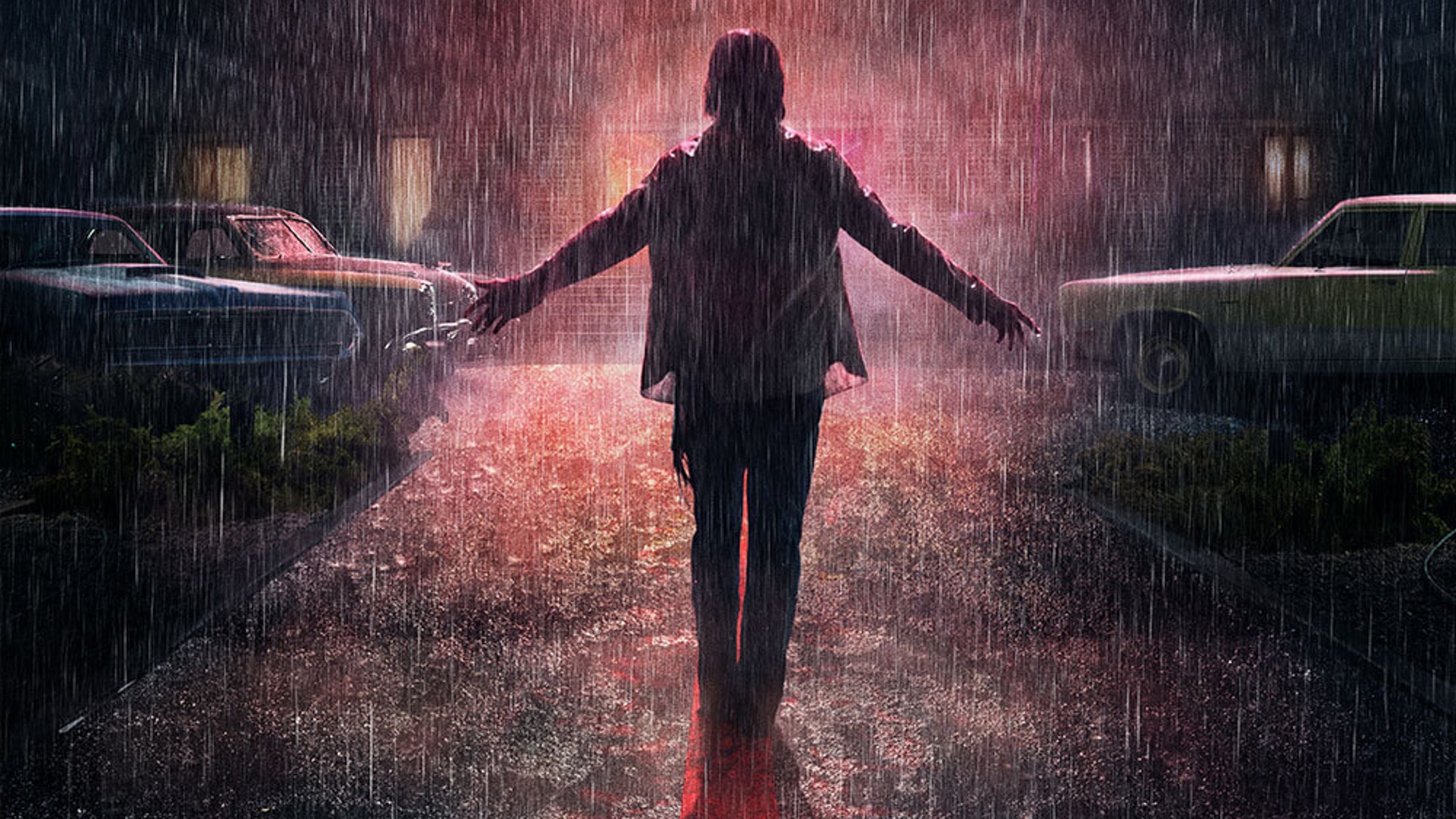
The secrets that each character is hiding challenge the audience’s initial perceptions and assumptions of them, undermining their expectations. The events and finale of the film leave the audience contemplating morality and individuals’ choices. Bad Times at the El Royale uses the convergence of seven strangers at a hotel to offer complex explorations into how individual morality is fluid and can be heavily dependent upon situational factors.
Strangers’ Stories
In one of Bad Times At The El Royale‘s opening scenes, the audience watches as three strangers all walk into an apparently empty hotel lobby, looking for rooms. The concierge is nowhere to be seen, and when he does eventually show up, he is visually frazzled. As the concierge, Miles gives his spiel about the hotel, which is on the border of California and Nevada, another stranger speeds into the parking lot. The five different people the audience is initially introduced to all seem to be extremely different and, at times, somewhat untrustworthy. The characters’ constructed personalities and first impressions are important for setting up the rest of the film.
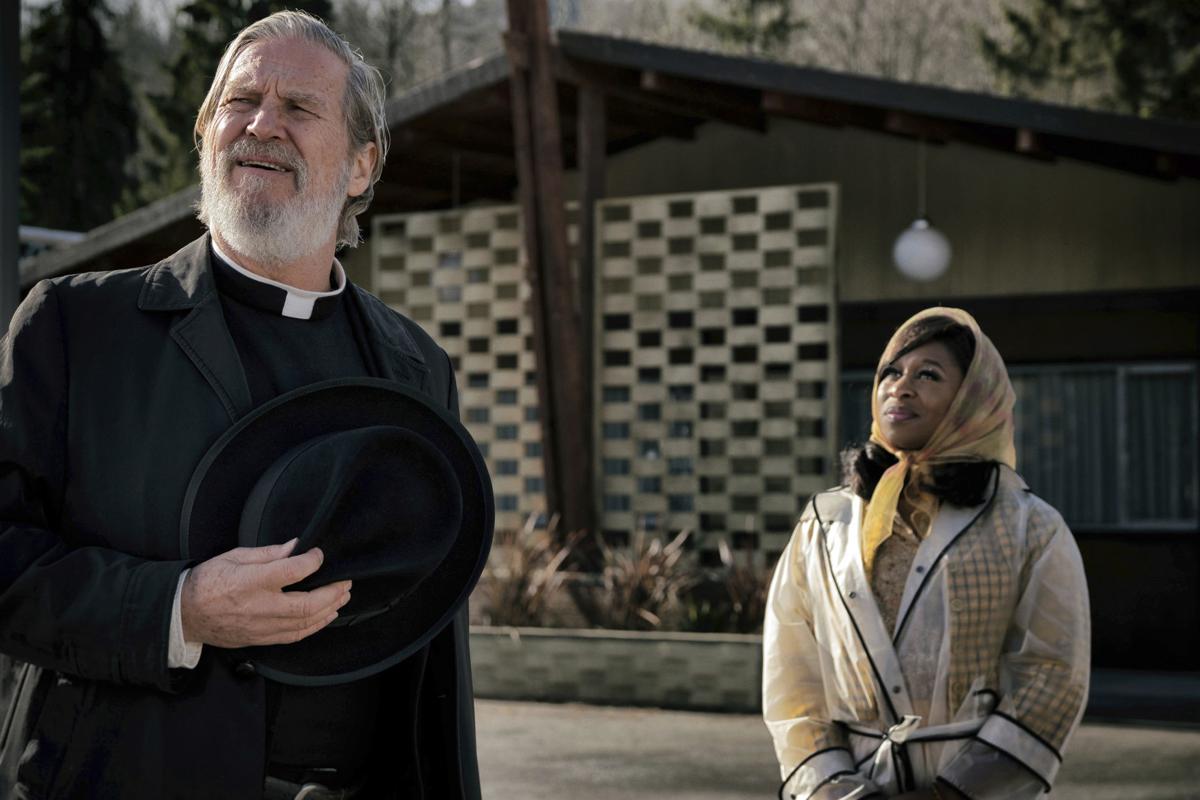
Darlene seems to be a sweet, put-together woman just passing through the area. However, she is carrying several large items rolled and tied up. While she seems approachable and harmless, the items she carries and her request to be in a room far from the other guests, particularly the priest, comes off as strange. The priest, Father Daniel Flynn, initially seems to be an unsuspecting old man.
He is friendly with Darlene and still pays for her coffee, even after she requests to be far away from his room. These actions, the Father’s innocent demeanor, and his occupation as a priest are meant to make the audience trust him. Miles himself asks Father Flynn what he is doing in the hotel, as the upright morality typically associated with being a priest seemingly clashes with whatever goes on inside the El Royale.
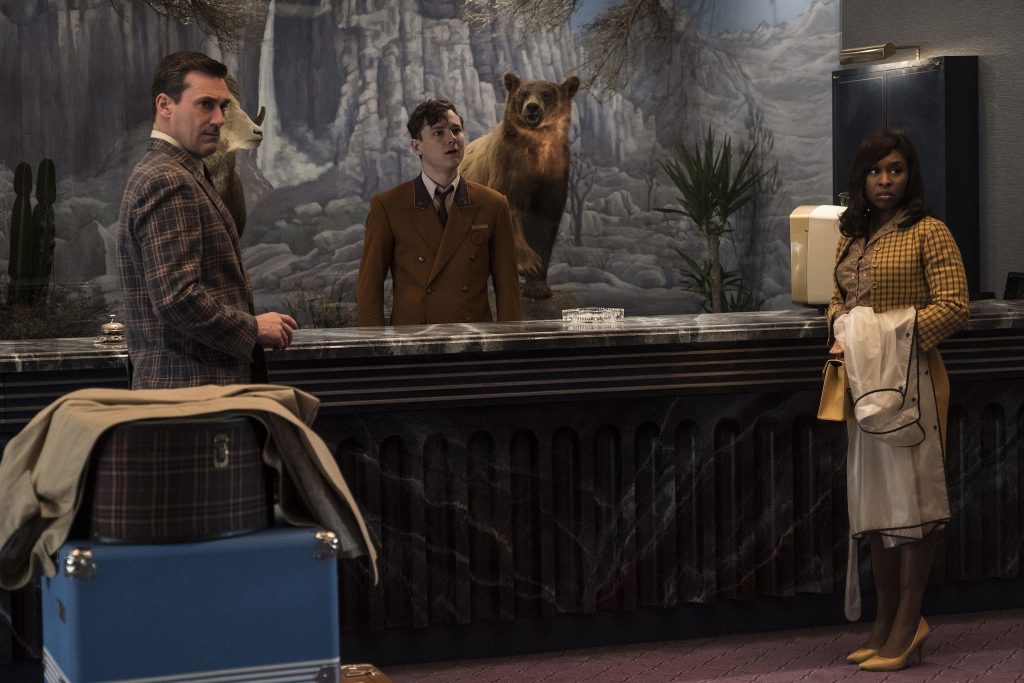
Laramie Seymour Sullivan, the vacuum salesman, is pushy with the other characters and seems to have no shame in not only talking excessively about his business but also making his own coffee and ignoring typical social rules. He was almost immediately disliked. The last stranger the audience meets during the opening scene does not give a name. After she speeds into the parking lot and demands the honeymoon suite, she gets into an argument with Laramie, who had previously requested it.
Her seemingly bad attitude, the way she dresses, and her signing of the guest book with expletives all paint the character as more reckless in comparison to others. The opening lobby scene of Bad Times at the El Royale is important for establishing expectations of who the characters seem to be and how they should act. There are different levels of trustworthiness between all the characters. Some people may be more inclined to trust the priest over the rebellious girl or the talkative salesman, while others might trust the singer before the priest or the absent-minded hotel concierge.
Behind The Masks
The personas that are presented in the opening scene of Bad Times at the El Royale are far from the truth. The moment Laramie Seymour Sullivan gets to his honeymoon suite, his entire demeanor changes. He puts glasses on and starts to examine all of the different technology and crevices in the room. From the telephone and behind light switches and plug sockets, he pulls out what appear to be listening bugs.
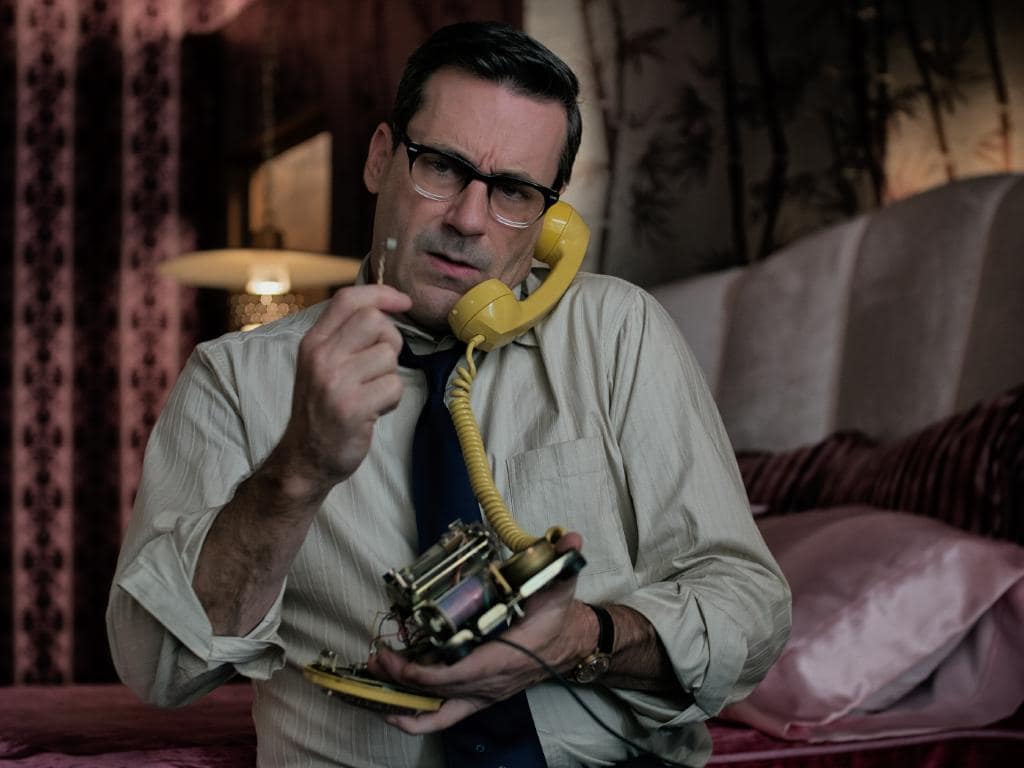
This montage changes the feel of the movie. What originally appeared to just be strangers all looking for rooms now takes on a darker and more mysterious tone. The audience learns that Laramie Seymour Sullivan is actually FBI agent Dwight Broadbeck. While Laramie appeared to be an unpleasant and almost sleazy salesman, Dwight is obviously goal-driven and caring, as he calls his child and says prayers with them before they go to bed.
Suspecting that the operators of the hotel have more nefarious intentions than just providing rooms, Dwight breaks into the lobby’s backroom, sneaking past Miles who is asleep after taking heroin. In the back, he finds dark hallways with a window viewing into each room where the mirror is. There is evidence that people are taped when they stay in particular suites.
Father Daniel Flynn, who originally appeared to be a normal priest passing through, is seen through the secret window digging up the entire floor of his room. This is confusing for the audience and Dwight Broadbeck as well, who happens upon the scene. The behavior is not only out of character for the persona the audience was presented with within the opening but also for the general schema of a priest. If a priest is meant to be morally upright, why is Father Daniel Flynn destroying hotel property?
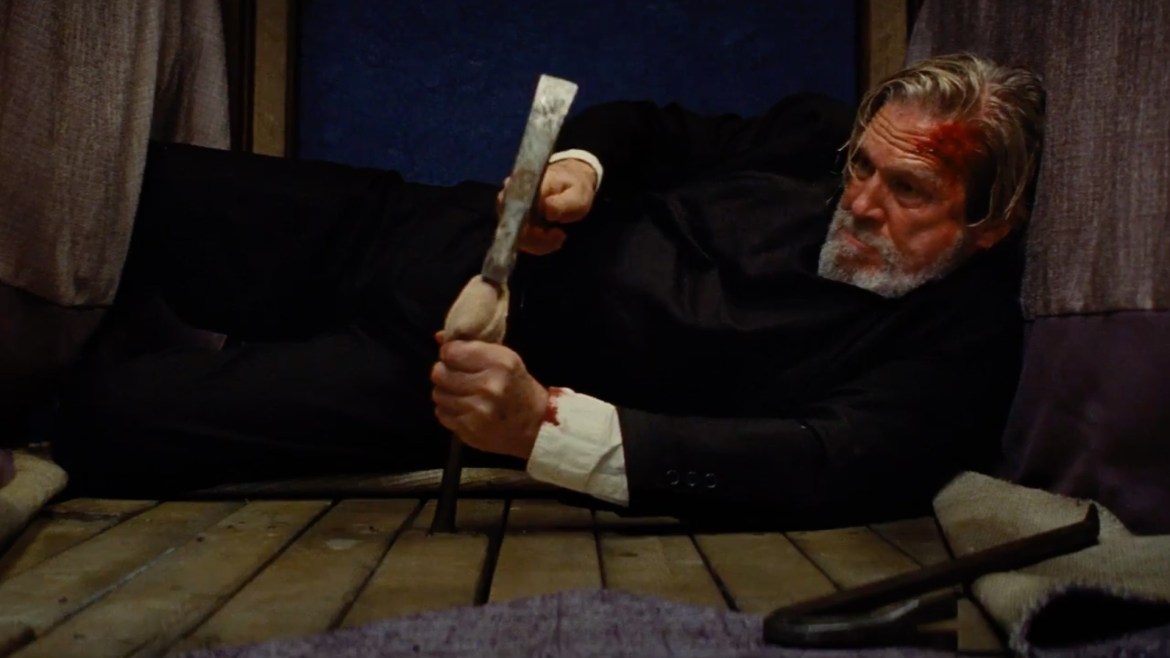
Darlene Sweet’s hesitance to be roomed near the priest, or anyone for that matter, is explained in this scene as well. While walking through the El Royale’s secret back hallways, Dwight sees Darlene pinning noise-canceling foam to her walls and setting up a metronome. He presses the button that allows him to hear into the room, and her beautiful singing voice echoes out in the silence. Further down the hallway, Dwight sees the unnamed girl tying a young, disheveled girl to a chair. To Dwight, this looks incredibly suspicious and dangerous, and he rushes back outside.
Conflicting Moral Theories
The difference between the characters’ first impressions and the reality of their identities is only part of how Bad Times at the El Royale deals with morality. The film sets up audiences’ expectations of how the different characters should behave and then slowly subverts them.
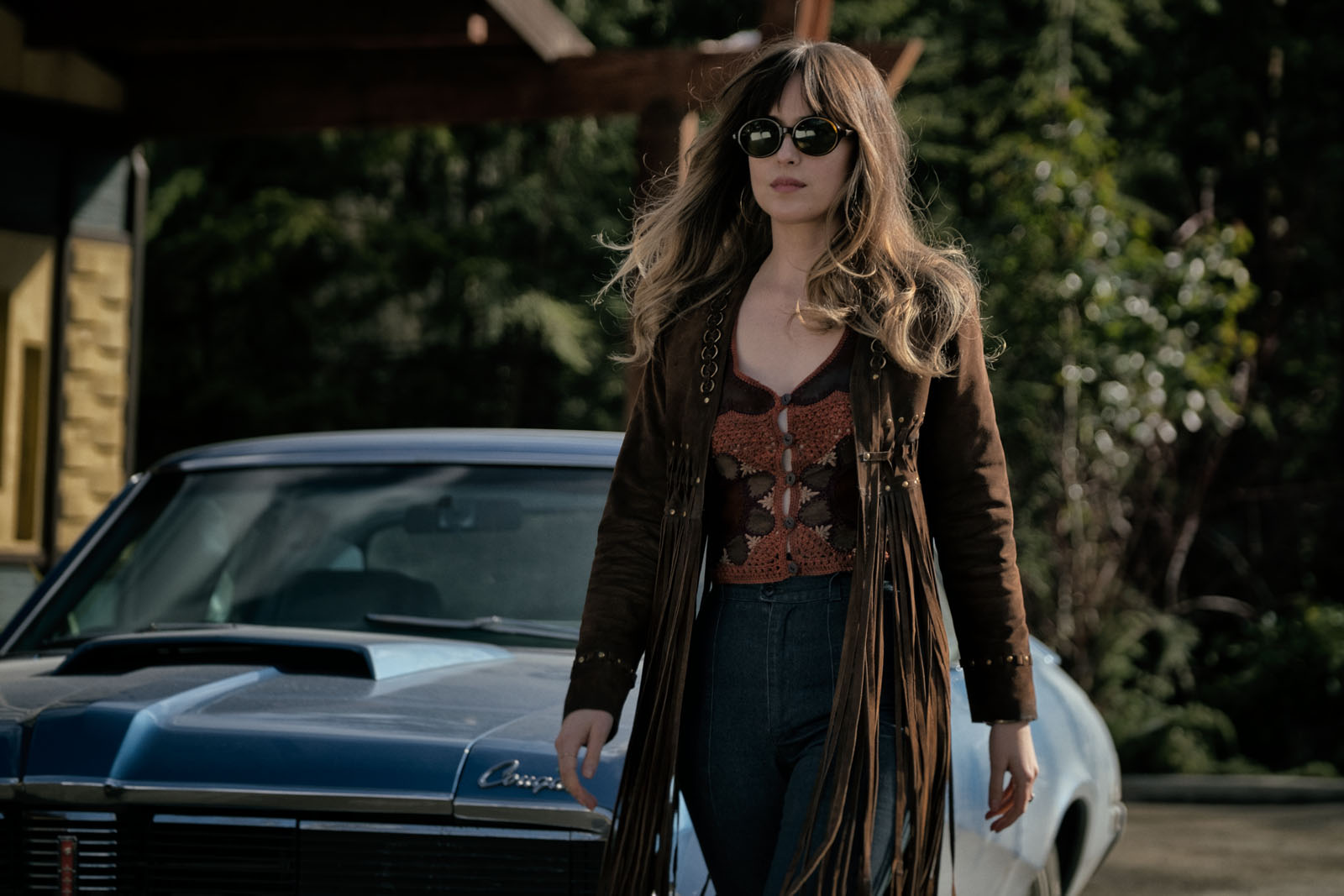
The annoying salesman is actually an FBI agent who abandons his mission and goes against direct orders to try and intervene in what he perceives as a kidnapping. The kind, old priest is actually a bank robber and ex-convict in disguise, and the rude girl persona of Emily Summerspring is actually an attempt to hide her history of parental abuse and to save her little sister from a cult. All of the decisions made by the characters provide an exploration into ideas about morality and what it means to be a good person.
When people think about morality and what it means to be a good person, actions and consequences are involved. Someone with good morality makes good decisions because their motives are right and it is their duty to do so. This is called good will, and thinking about morality in these terms is called Kantian ethics. In Kantian ethics, people must adhere to moral law, and there are no excuses or exceptions when it comes to good versus bad morality (( “Kant’s Moral Philosophy,” Stanford Encyclopedia of Philosophy, Stanford University, July 7, 2016. )) .
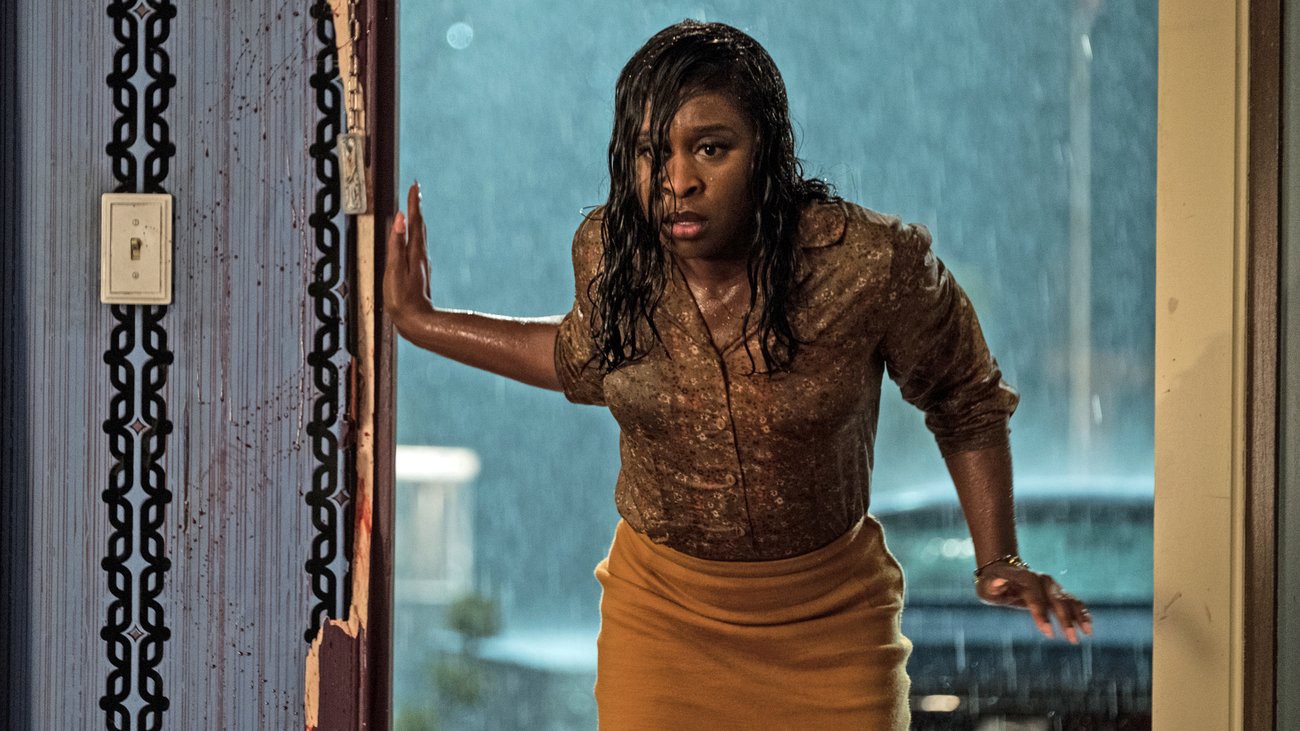
On the other side of this, though, is the theory of utilitarianism. This theory focuses on the consequences of people’s decisions and actions and sees intentions as irrelevant to informing someone’s morality as good or bad. In utilitarianism, happiness is the end goal for everyone, and so people’s actions should be judged by the amount of happiness and joy they produce. Due to this, no singular decision or action is intrinsically right or wrong (( “The Nature of Morality and Moral Theories,” San Diego University. )).
Bad Times at the El Royale uses these conflicting stories and personalities to explore situational morality and ethics. In situational ethics, what is considered “right” and “wrong” depends on the context of the decision. There is no overarching moral code that dictates how people should act, regardless of the situation at hand (( “Situation Ethics,” Ethics Guide, BBC. )).
Context Is Key
In Bad Times at the El Royale, Darlene Sweet is presented as an innocent and kind character who has pushed past abuse and hardship to become independent. The audience is meant to like and respect her. However, she decides to team up with the fake priest to recover money he once stole. Rather than stay uninvolved in the situation, report him to the authorities, or even return the money to the rightful owners, she decides she will help him and then keep some of the money for herself.
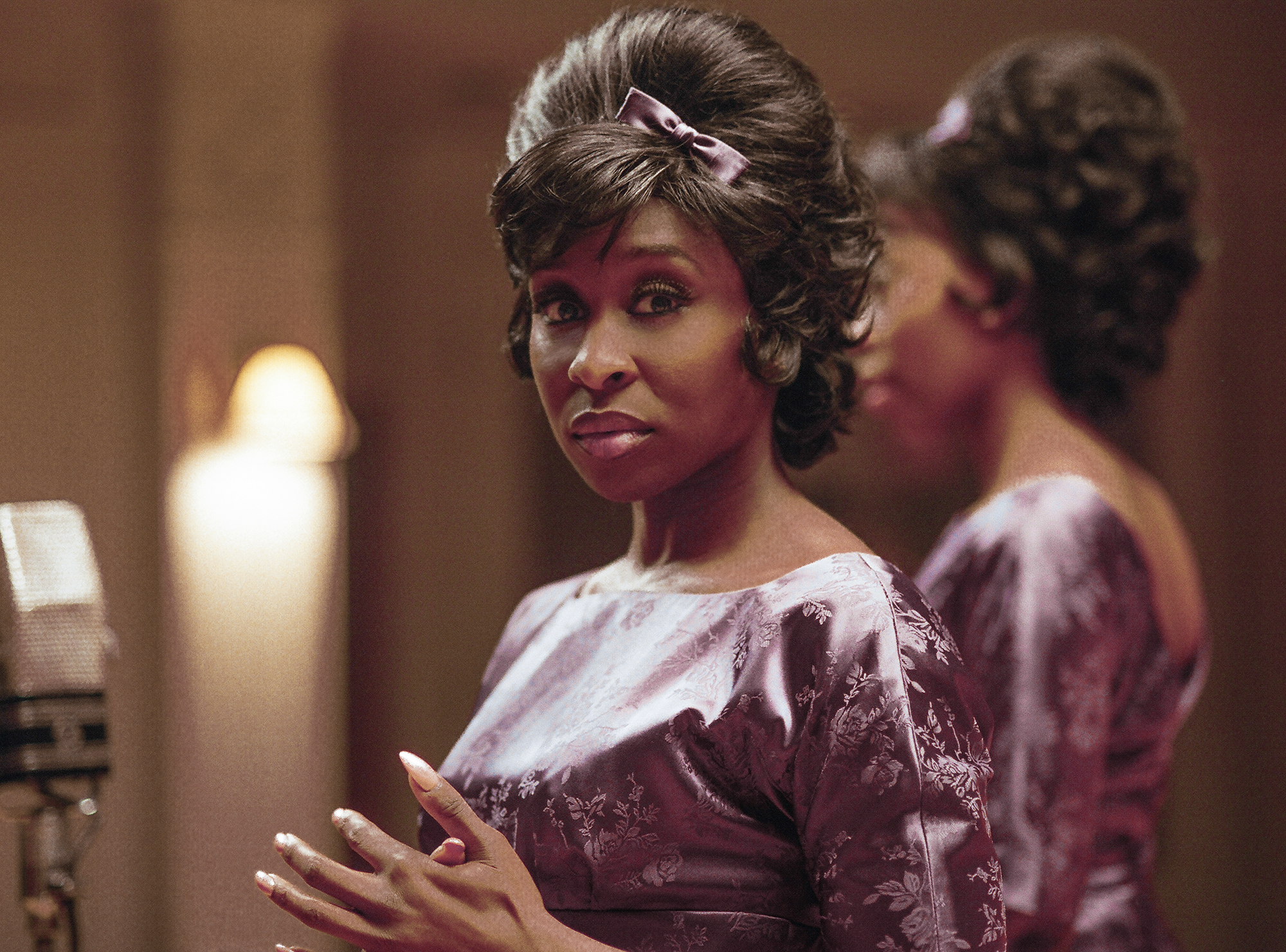
In the eyes of some, this may seem like an immoral decision. However, Darlene has been taken advantage of by racist and sexist music producers. Now, the audience watches as she decides to take advantage of this old man, but given what she has endured in life, it’s possible for viewers to still retain respect for her. This is because in comparison to the music producer in her flashback and the other events unfolding at the El Royale, her decisions are not that bad. In the context of her life, Darlene chooses to take the money so that she doesn’t have to deal with the producers from her past and can start a new life for herself.
The fake priest, actually ex-convict Dock O’Kelly, makes decisions that set him up in the audience’s eyes to be an immoral person. He robs a bank, gets into fist fights in jail, and tries to drug Darlene so he can break into her room. Normally, all of these actions would be enough to have him disliked by other characters and audience members. Why, then, does the film establish him as someone that the audience members can not only like but root for throughout the second half of the film? The answer lies in the events going on around him.
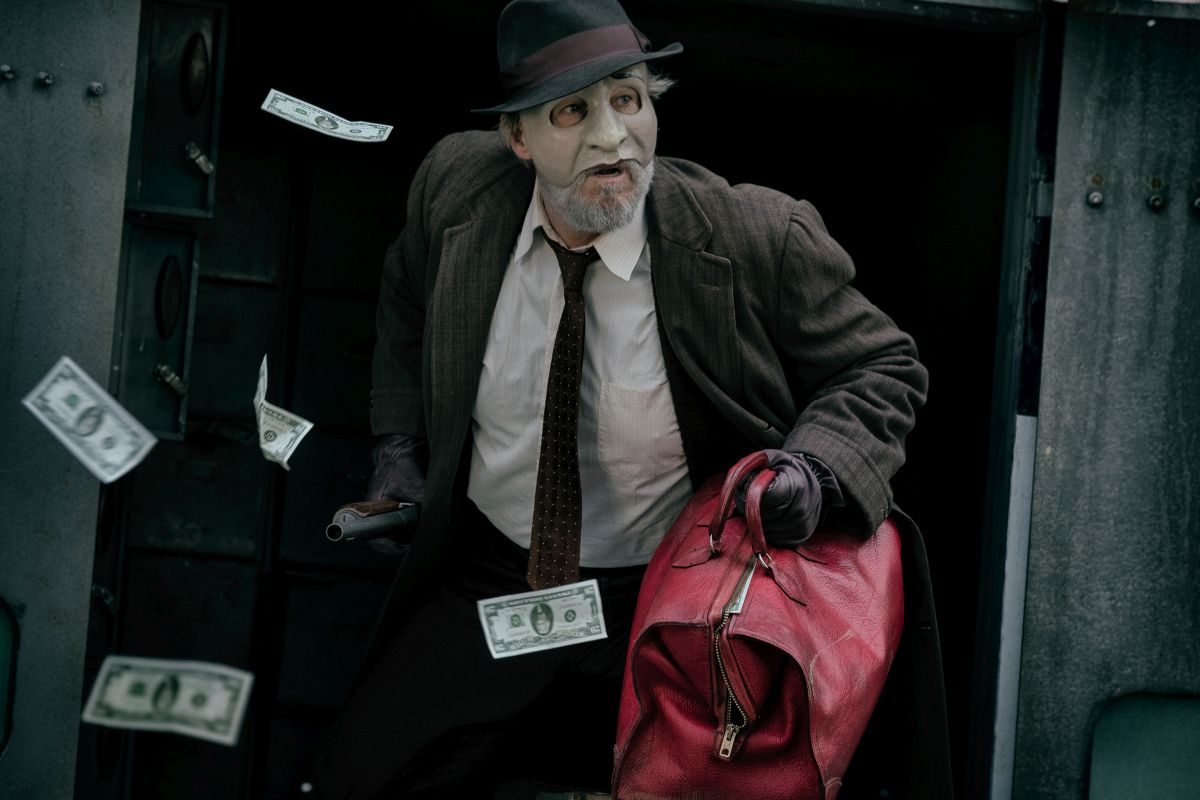
The Good, The Bad, And The Really Bad
When Dwight Broadbeck decided to confront Emily Summerspring about tying her sister to a chair, she shot him with a shotgun, shattering the one-way mirror in the room and injuring Miles. Dock O’Kelly witnesses this murder and left the scene. While abandoning an injured Miles is a non-respectable decision, Emily’s calmness and apathy towards murdering an innocent man and injuring another are far more disturbing. In the context of the situation, Dock’s actions don’t seem as bad.
Later on, when Chris Hemsworth’s character Billy Lee is introduced, Dock’s past and present morally bad decisions again don’t seem as severe. Billy Lee is an egotistical Charles Manson-esque type cult leader. He preys upon and manipulates those around him to do what he wants, such as Emily’s little sister Ruth. With very little reason given he shoots and kills Emily, and Ruth does nothing when her sister dies.
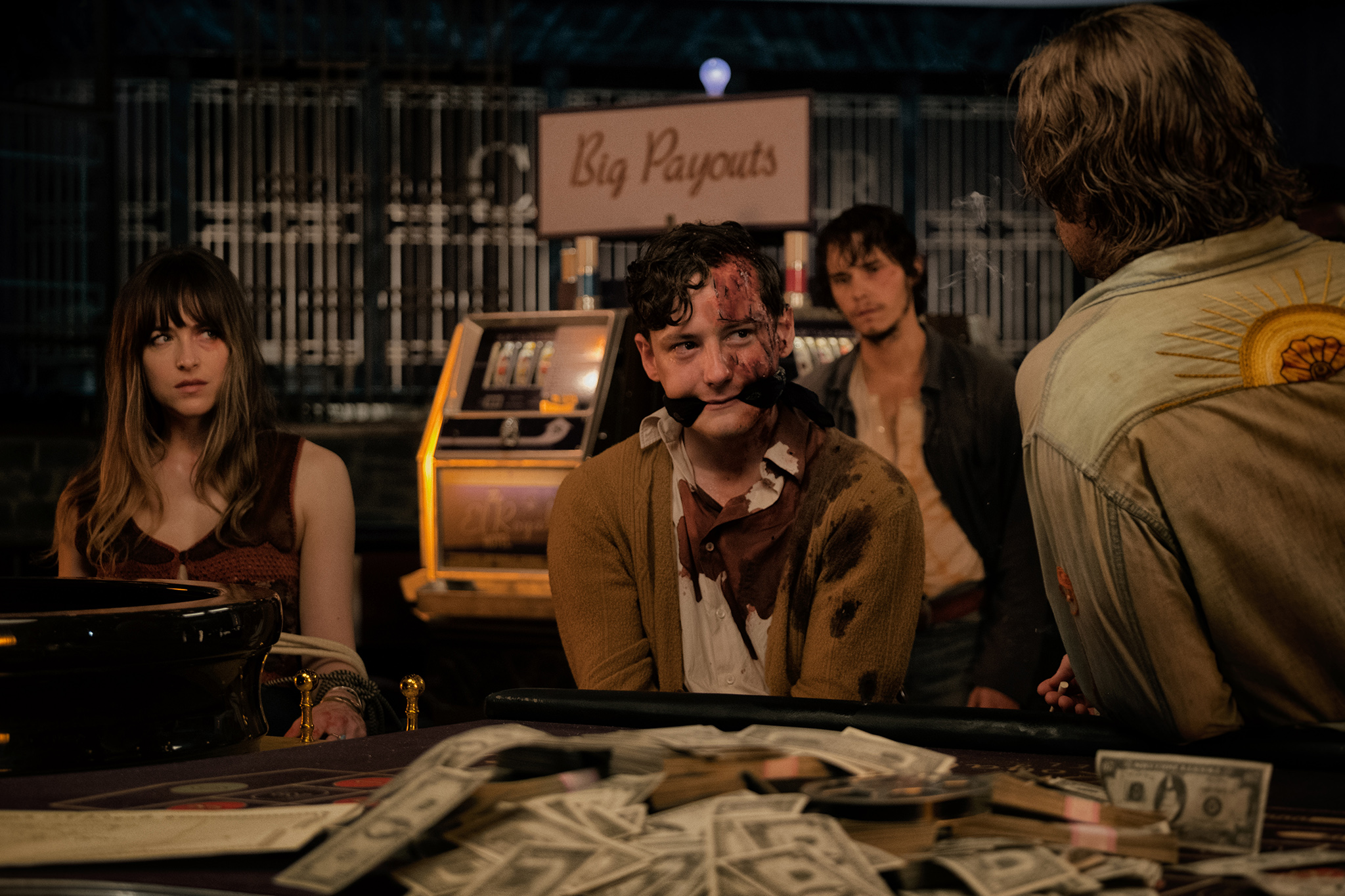
While Billy Lee turns to torturing the other characters, Dock O’Kelly’s lies, past as a bank robber, and questionable actions throughout the film seem like almost nothing in comparison. In situation ethics, desiring the well-being of other people is the only truly morally good thing. The motives, decisions, actions, and consequences are all taken together to examine whether or not something is morally good or bad. People are meant to approach situations with a flexible mindset that allows them to have the best outcome given the factors at hand, not based upon some rigid moral code or law (( “Situation Ethics,” Ethics Guide, BBC. )). In the final scenes of Bad Times at the El Royale, Dock O’Kelly puts situational ethics into practice. After Ruth stabs Miles, Dock continues to pretend to be a priest, something that many may find offensive.
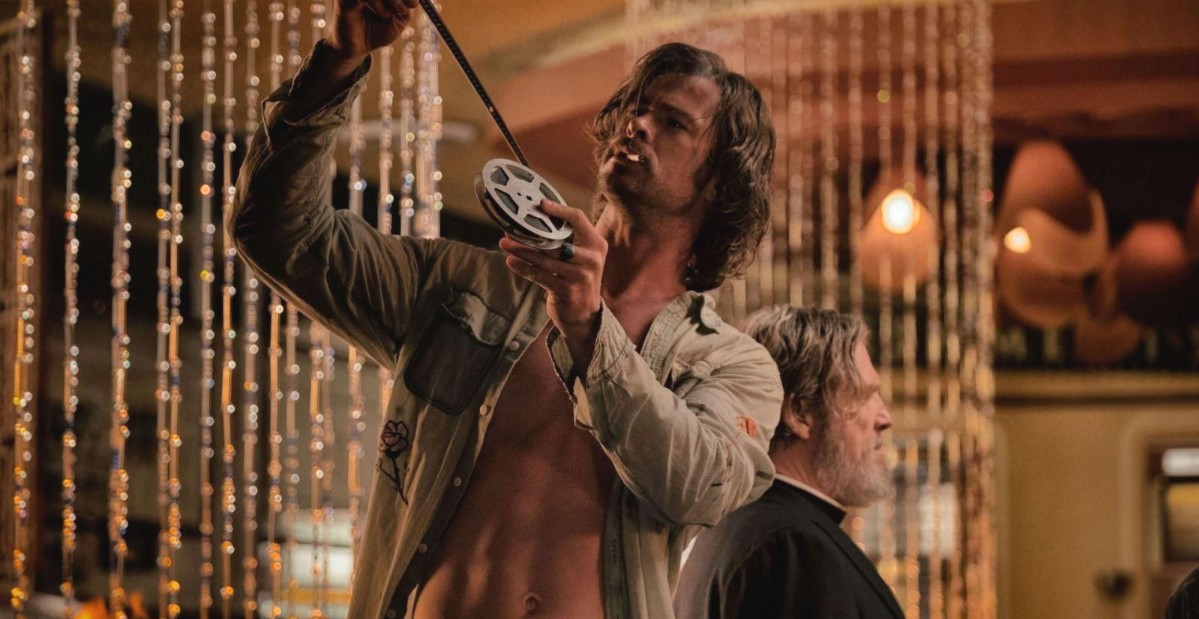
However, for Miles, it is a source of comfort as he dies, and it is done out of Dock’s desire for Miles’ well-being. Dock also burns the incriminating film he found of a well-known politician having an affair, even though he could make a lot of money from it. Dock’s previous decision to take the film for selfish reasons was redeemed, and his morals seem to be flexible. He recognizes that the film would bring more harm than good to those around him and acts accordingly. Through his actions in this scene, Dock O’Kelly is almost redeemed from his past moral failings and emerges anew from the burning hotel.
More Complex Than It Appears
Morality is complicated and nuanced. Every person has their own idea of what constitutes good and moral behavior, which is why so many different theories about it exist. No theory is entirely correct, and different aspects can be applied in different situations. Within an individual, morals can constantly change. As people move through life, meeting new people and experiencing new things, they grow and change. Their behaviors and motivations grow and change as well, informing how they interact with the world around them.
The stories of the seven strangers in Bad Times at the El Royale exemplify this. Each character is multi-faceted not only in their personalities but also in their decisions and moral judgments. What appears to be a kidnapping is a sister saving a sister from a manipulative cult leader. What appears to be a careless and nervous concierge is actually a war veteran experiencing trauma who just wants to be treated kindly. Kind singers who have been taken advantage of in the industry can take advantage of others, and bank robbers can save other people’s lives. Bad Times at the El Royale presents the question, what does it mean to be a moral person? The answer: it depends on the situation.
